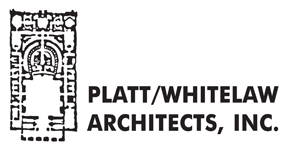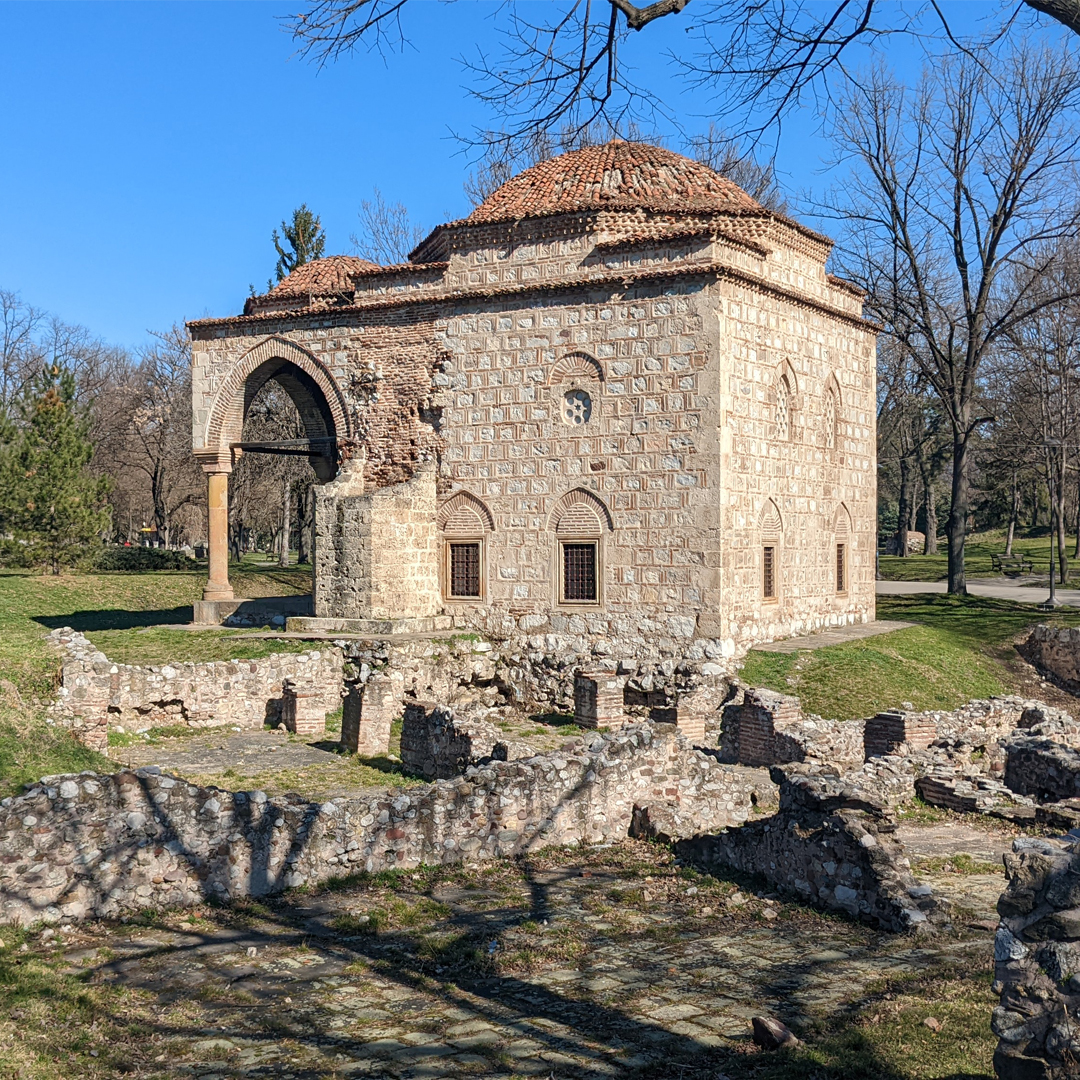A Trip to the Republic of Serbia
Architecture and Culture at the Crossroads of Europe. For decades, our staff has come from all over the country and the world. We think diverse voices and perspectives make for better architecture and inclusivity. Similarly, we’re excited for our staff members when they travel — and even more so when they share about their experiences. […]




